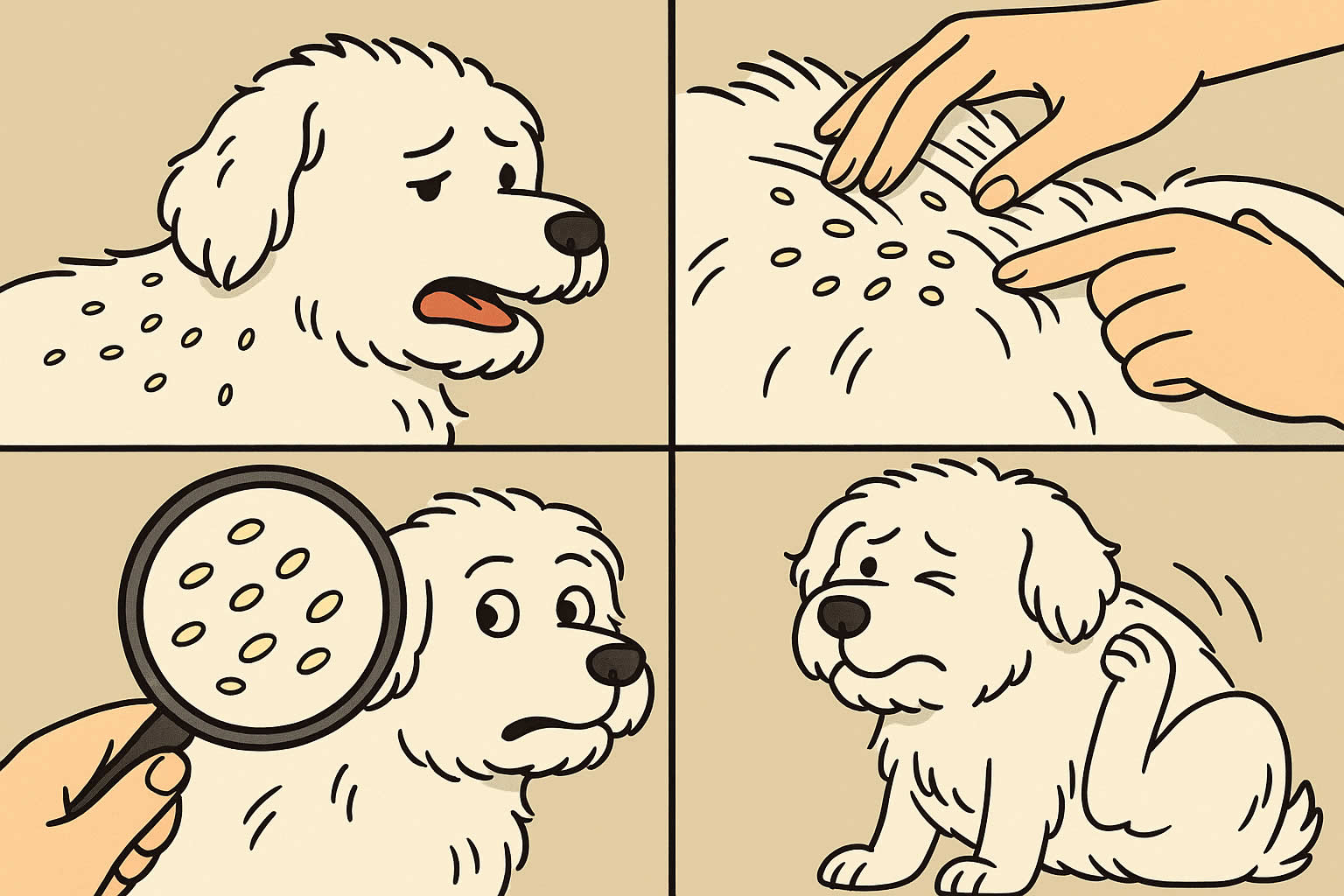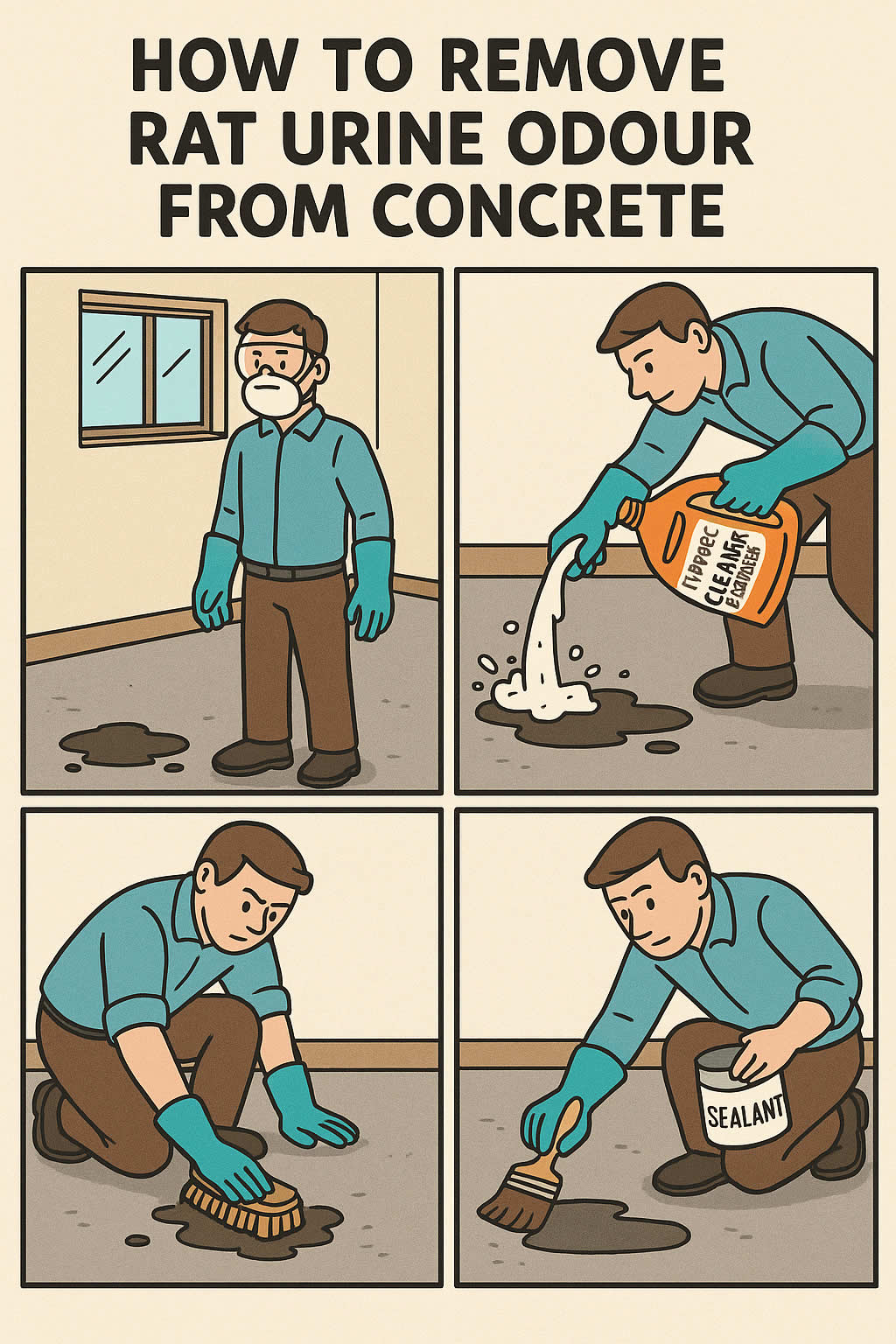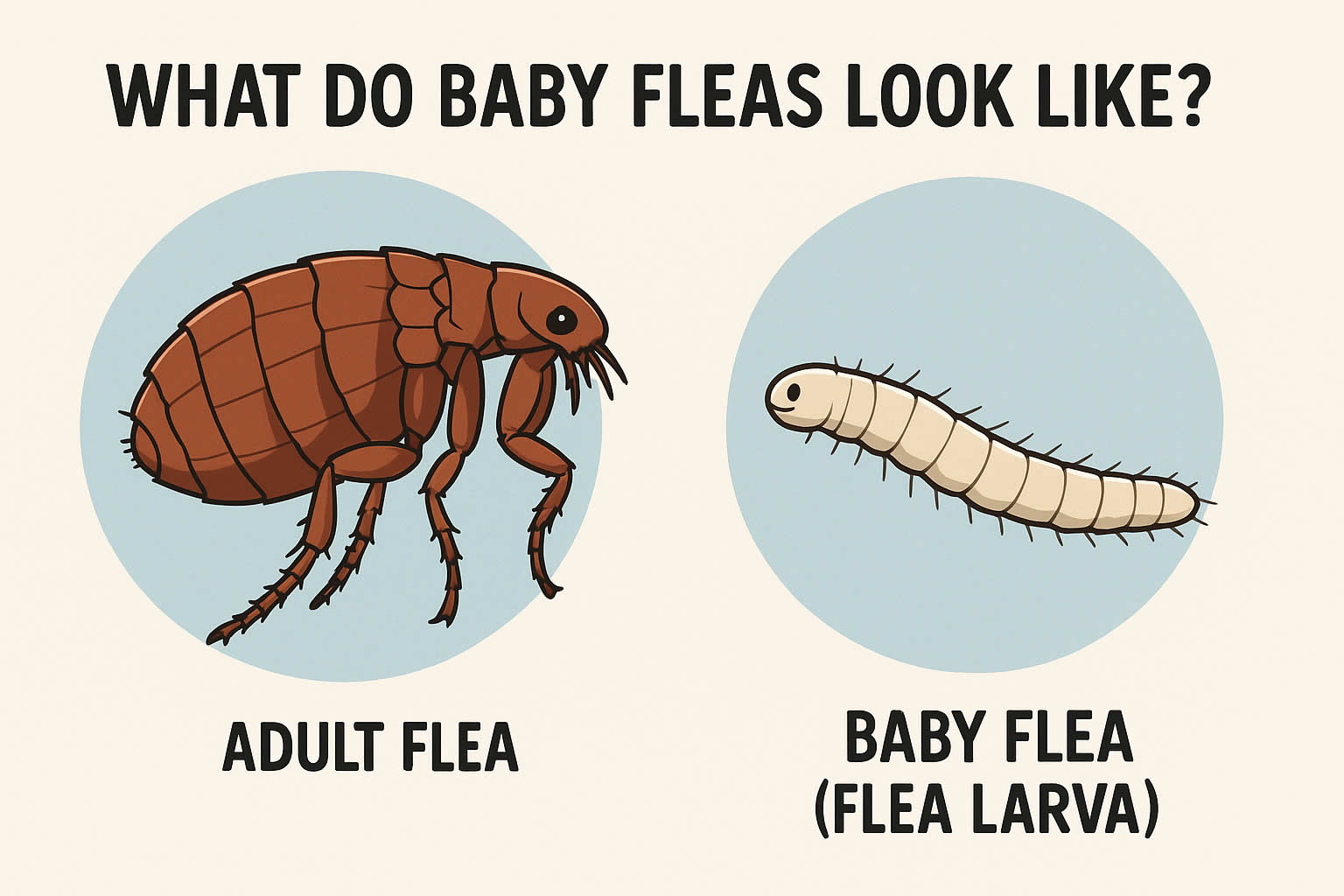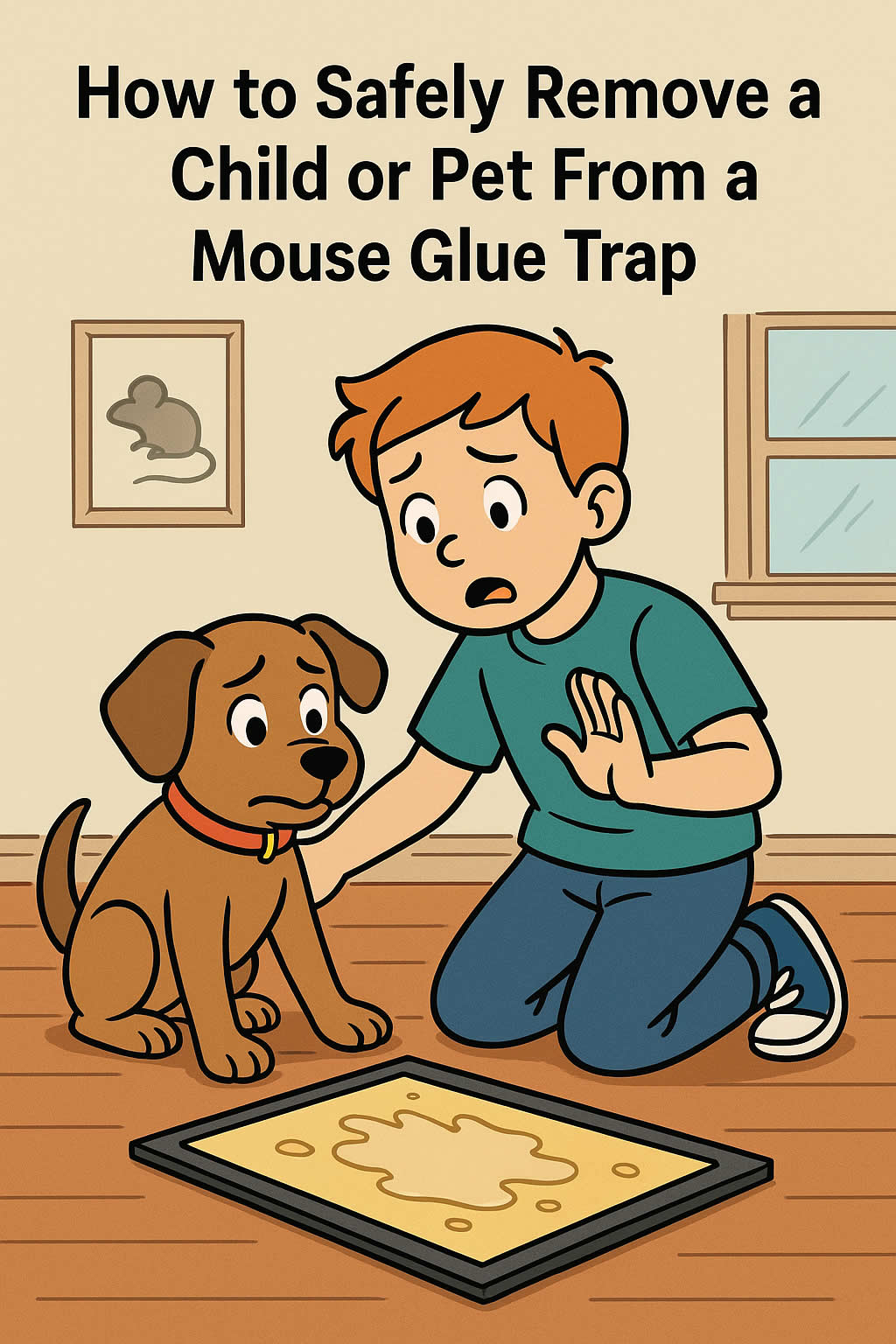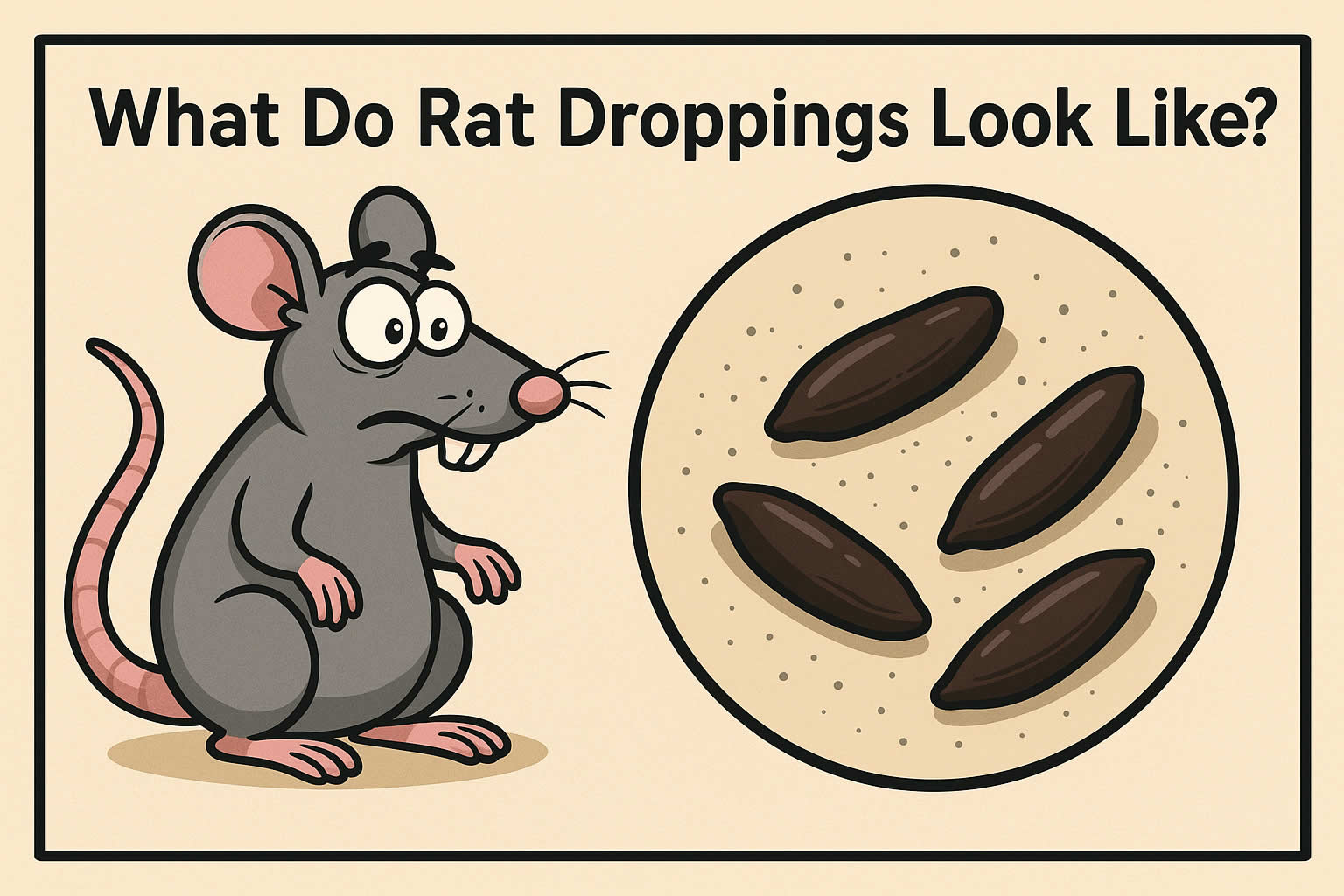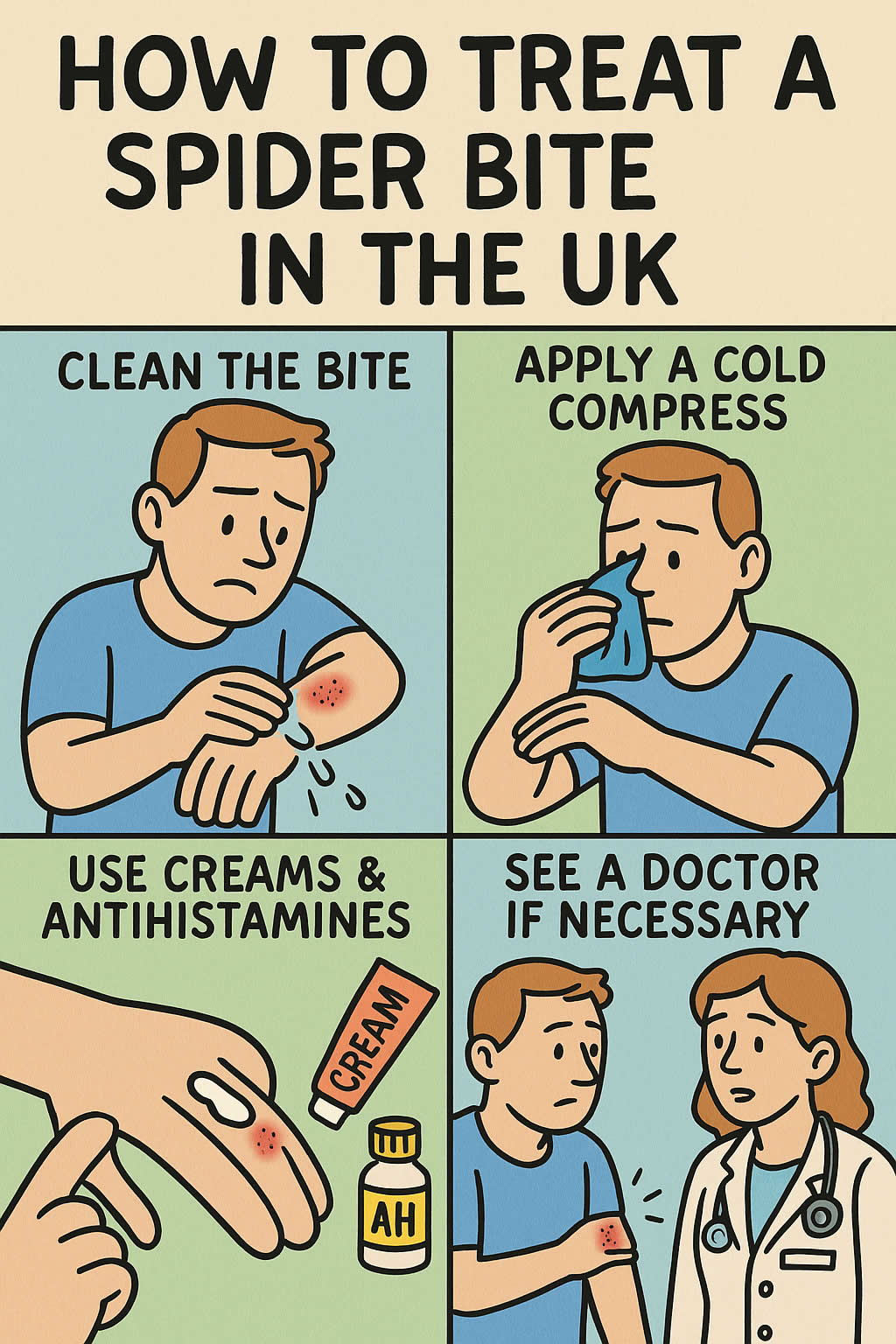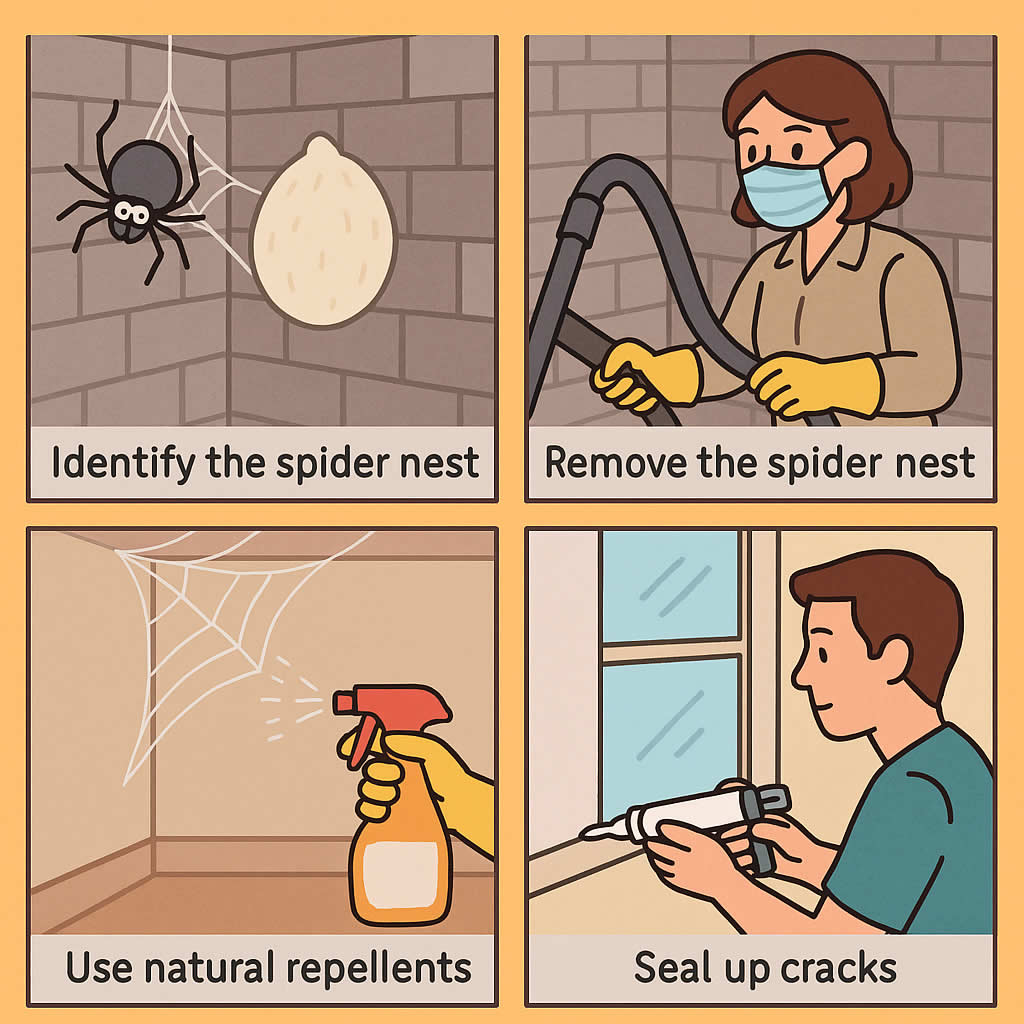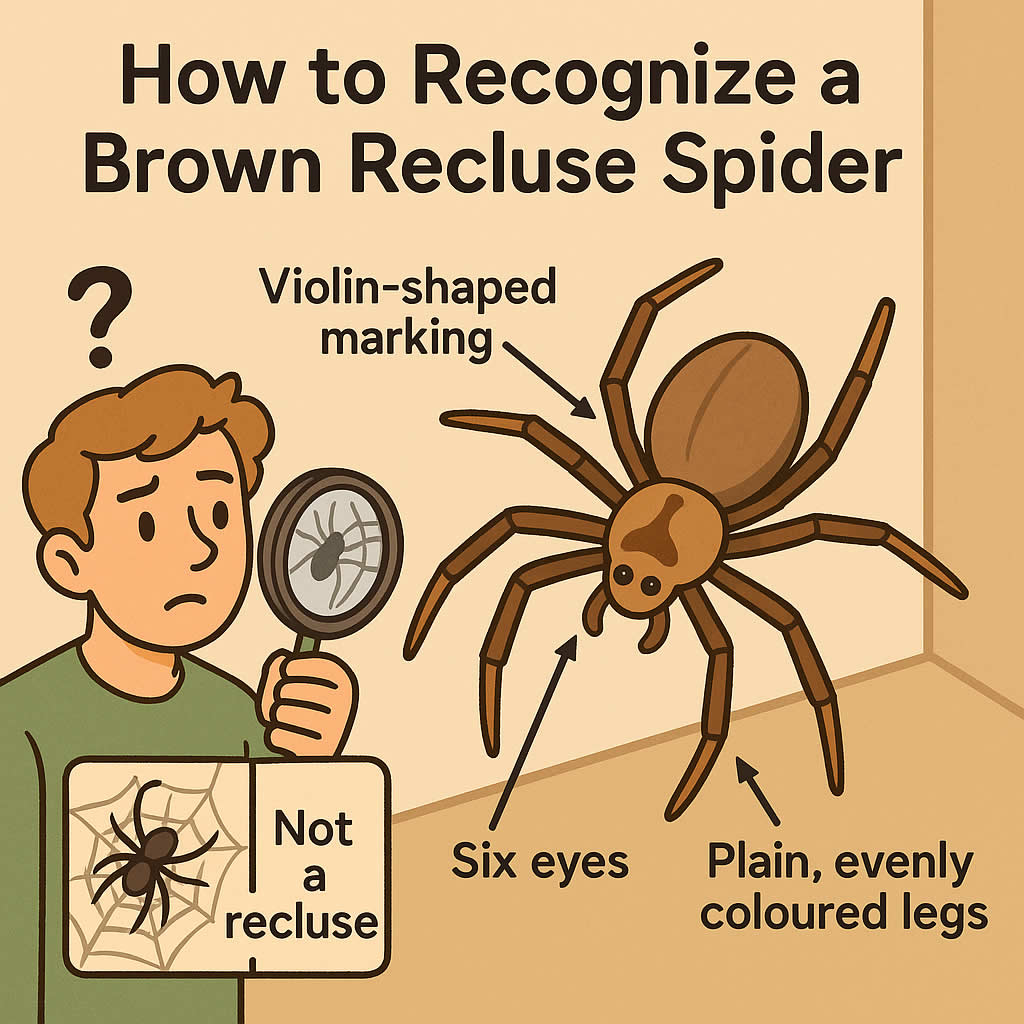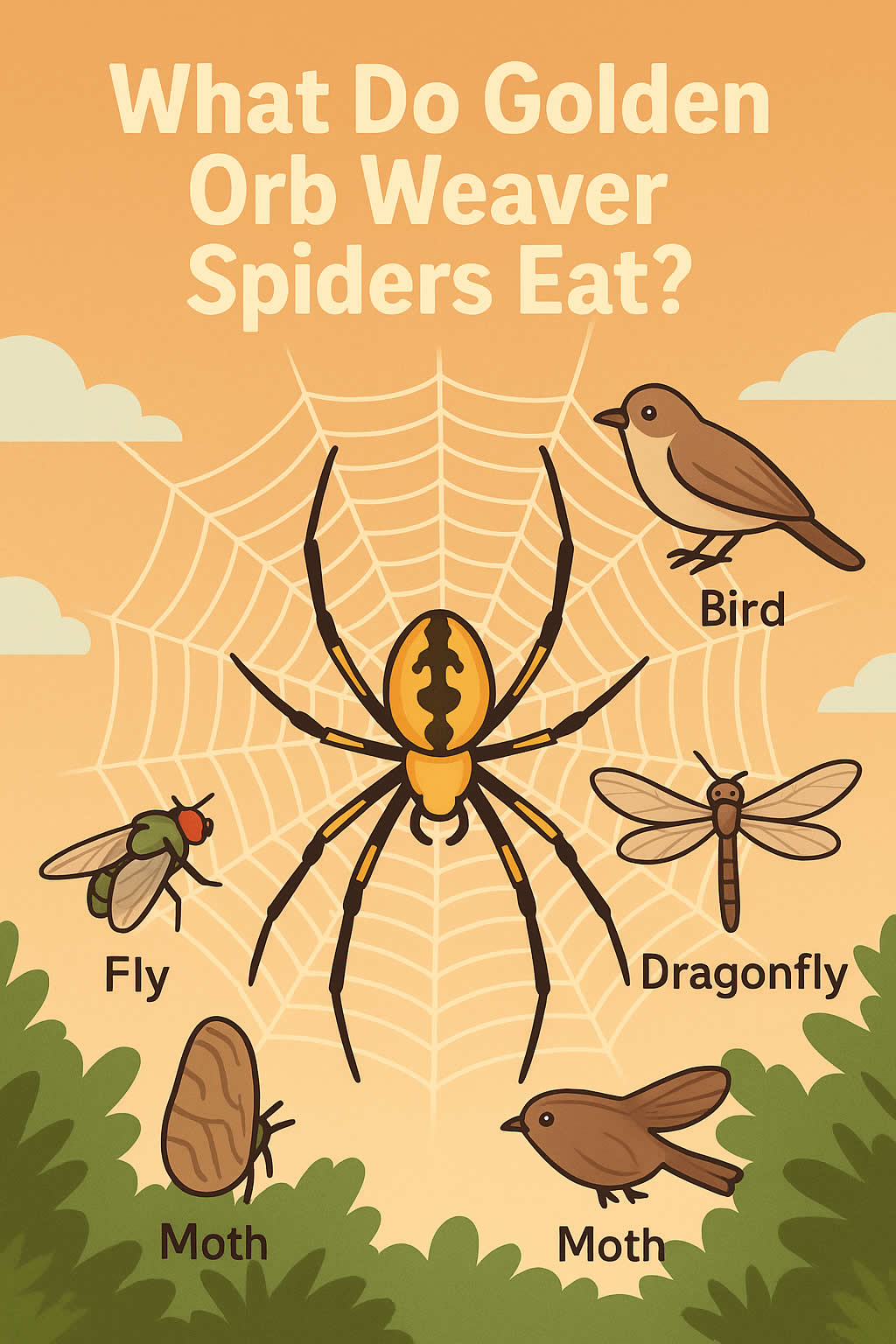Related Queries
ToggleIf you’ve ever run your fingers through your dog’s coat and spotted tiny white specks, you’ve probably wondered if they were just bits of dust or something more concerning. On a white dog, spotting flea eggs can be tricky—they can blend in with the fur so well that you might overlook them until you have a bigger problem on your hands. Knowing what flea eggs look like, where to find them, and what to do about them is essential if you want to stop fleas before they cause your dog discomfort or your home an infestation.
This guide will walk you through how to identify flea eggs on a white dog, why catching them early matters, and the steps you can take to remove them and prevent them coming back.
Why does spotting flea eggs on a white dog matter?
White fur can be beautiful, but it’s also deceptive when it comes to flea eggs. On a darker dog, the tiny white ovals stand out more easily. On a white coat, they often look like harmless debris. The danger is that while eggs themselves don’t cause itching or irritation, each one can become an adult flea within a few weeks. That means if you miss them now, you could be dealing with a full-blown infestation later.
When you find flea eggs before they hatch, you can break the flea life cycle early. This protects your dog from the itching, skin damage, and potential infections that adult fleas cause. It also keeps your home safe from the hundreds of eggs that could be laid if just a few fleas survive.
What exactly are flea eggs?
Flea eggs are the second stage in the flea life cycle, after the adult lays them. They’re incredibly small—about half a millimetre long—and have a smooth, oval shape. Freshly laid eggs are a translucent white colour, but they can appear off-white as they mature. They’re soft, not sticky, which means they often fall off your dog’s fur into bedding, carpets, and anywhere your dog spends time.
On a white dog, flea eggs can look almost identical to dandruff flakes or grains of salt. The difference is that dandruff tends to be irregular in shape and texture, while flea eggs are smooth and uniform.
Where on a white dog are flea eggs most likely to be found?
Flea eggs can be anywhere on your dog, but they’re usually concentrated where adult fleas prefer to feed. These areas include:
- Around the base of the tail
- Along the lower back
- Behind the ears
- In the armpits and groin
- On the neck
If your dog has thick or long fur, the eggs may be closer to the skin, hidden under layers of hair. Part the fur with your fingers or a flea comb so you can see the skin clearly. On short-haired dogs, you might see the eggs sitting loosely on the surface of the coat.
How can you tell flea eggs from dandruff on a white dog?
One of the easiest ways to tell the difference is to try moving the speck with your fingertip. Dandruff tends to stick to the fur or skin, while flea eggs are loose and roll away easily. You can also place the speck on a dark surface—flea eggs will keep their oval shape, while dandruff often crumbles.
Another tip is to check for flea dirt (adult flea faeces). Flea dirt looks like small black specks and often appears alongside eggs. If you see both in the same area, it’s a strong sign you’re dealing with fleas.
Why is it harder to see flea eggs on a white dog?
The main reason is colour blending. On a dark dog, the contrast makes eggs visible at a glance. On a white or light-coated dog, the eggs match the fur so closely that you have to look much more carefully. Bright lighting can help. Try inspecting your dog near a window or using a small torch to catch the shine of the eggs. A flea comb can also make it easier—the eggs will stand out against the fine teeth or drop onto the surface where you’re combing.
What should you do if you find flea eggs?
If you spot flea eggs, it’s important to act quickly. Killing the eggs directly isn’t straightforward—most topical and oral dog flea treatments are designed to kill adults and larvae, not eggs. This means you need a two-part approach: treat your dog to kill adult fleas and treat the environment to remove eggs and larvae.
For your dog:
- Use a vet-approved flea treatment suitable for their age, weight, and health.
- Bathe your dog with a gentle flea shampoo to help remove eggs, but follow up with a proper treatment—washing alone won’t prevent re-infestation.
- Comb daily with a flea comb to physically remove eggs, flea dirt, and any surviving adults.
For your home:
- Wash bedding, blankets, and soft toys in hot water.
- Vacuum carpets, rugs, and furniture daily for at least a week, focusing on corners and crevices.
- Use a vet-recommended home flea spray to target larvae and prevent eggs from hatching.
Can flea eggs survive off your dog?
Yes. In fact, the majority of flea eggs fall off the host within a few hours of being laid. They can survive in your home environment for days to weeks, depending on conditions. Warm, humid spaces speed up hatching, while cooler, drier areas slow it down. This is why treating your dog alone isn’t enough—you need to address your surroundings as well.
How long does it take flea eggs to hatch?
Under ideal conditions, flea eggs can hatch in as little as 2 days, though it can take up to 12 days if the environment is less favourable. Once they hatch, the larvae begin feeding on organic debris, including flea dirt, before eventually developing into pupae and then adults. This rapid cycle means you could be dealing with new biting fleas in under two weeks if you don’t act quickly.
Why prevention is better than cure
Once you’ve dealt with flea eggs, prevention becomes the most important step. Using regular flea treatments not only kills existing fleas but also prevents new ones from laying eggs on your dog. This is especially important for white dogs, as early egg detection is harder.
Alongside monthly treatments, keeping up with cleaning routines makes a big difference. Regular vacuuming, washing bedding, and checking your dog’s coat after walks can stop fleas from settling in the first place.
What’s the risk if you ignore flea eggs?
Leaving flea eggs untreated means you’re giving fleas a head start. Within weeks, you could have dozens of adults biting your dog, laying more eggs, and spreading throughout your home. This doesn’t just make your dog uncomfortable—it can lead to skin infections, allergic reactions, and in severe cases, anaemia. The longer you wait, the harder and more expensive it becomes to get rid of them.
How to make checking for flea eggs part of your routine
Spotting flea eggs on a white dog takes patience, but it can be part of your regular grooming. Once or twice a week, set aside a few minutes to run a flea comb through their fur, paying special attention to the areas where fleas like to hide. Use a dark cloth or piece of paper under the comb to help you see what’s coming out of the coat.
By doing this regularly, you’ll catch any signs of fleas early—long before an infestation sets in.
Final thoughts
Flea eggs on a white dog are easy to miss, but missing them gives fleas the upper hand. They’re small, smooth, and blend into the coat, but with the right inspection methods and consistent prevention, you can keep them under control. The earlier you act, the less chance fleas have to make your dog uncomfortable or turn your home into their breeding ground.
If you stay alert, stick to a treatment schedule, and make checks part of your grooming routine, you’ll be in the best position to protect your dog from fleas at every stage of their life cycle.
Pest Control Kempston West – Pest Control West Yorkshire – Pest Control Podington
